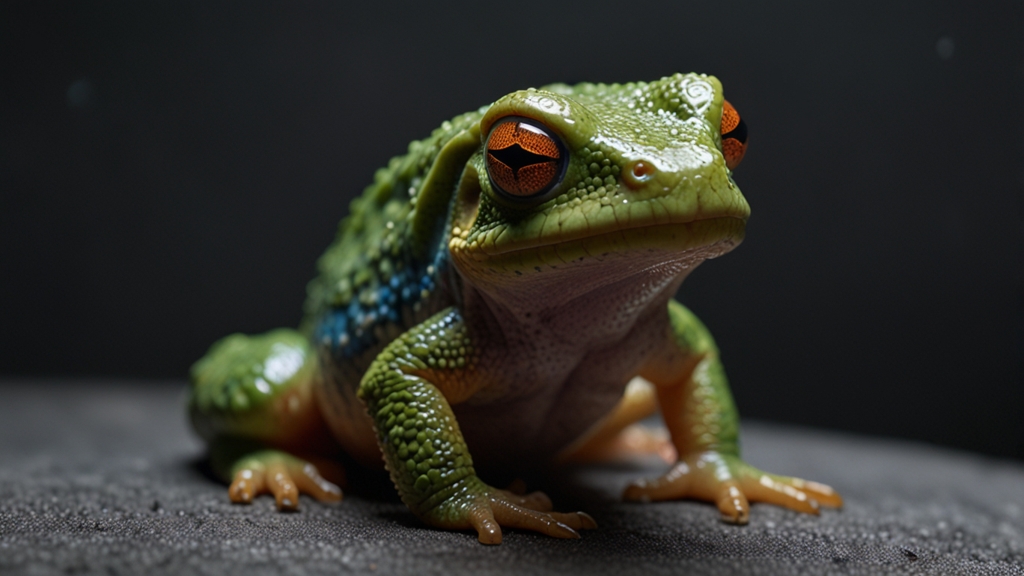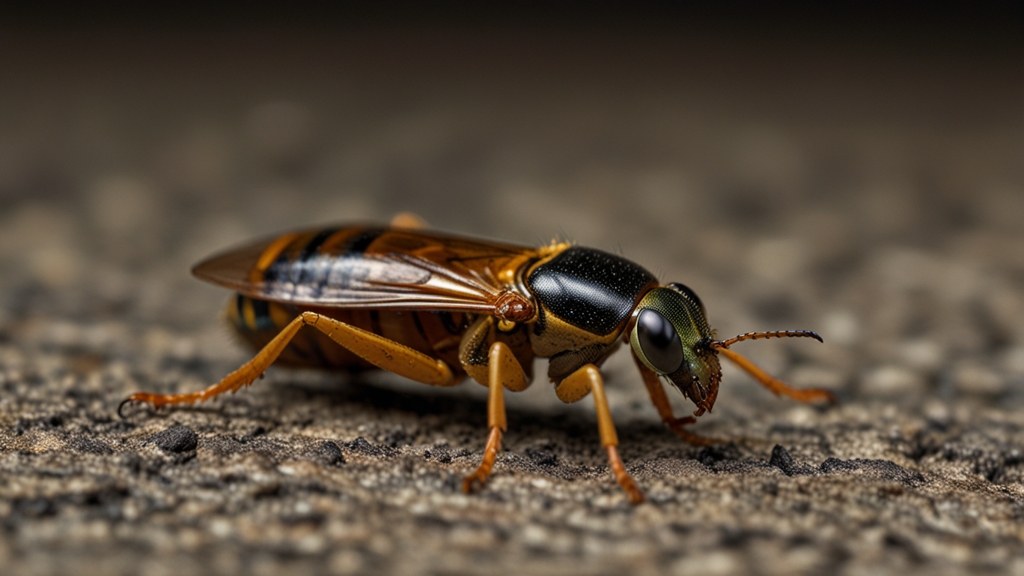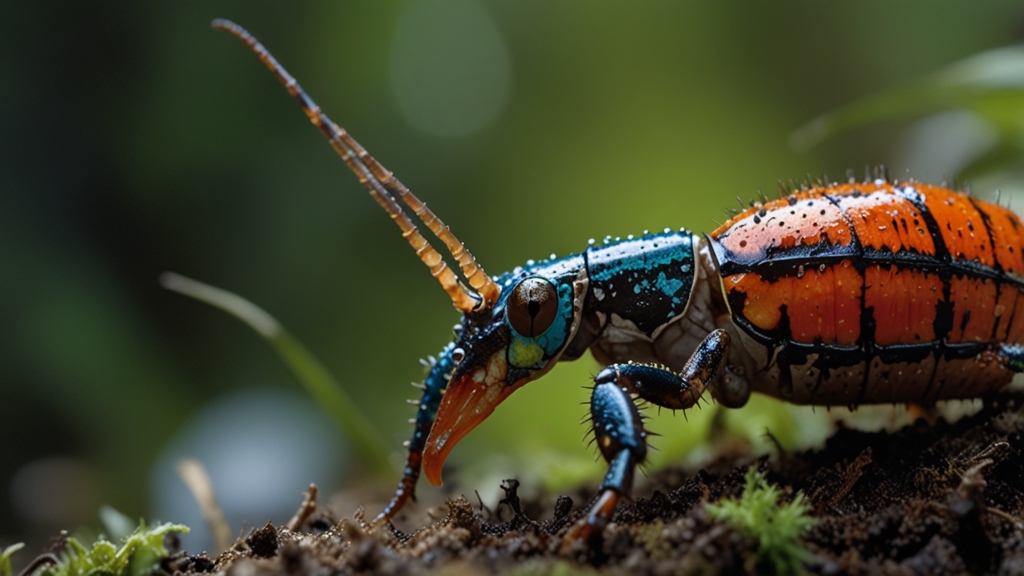This Weird Amphibian Can Breathe Through Its Skin Find Out How!
Amphibians are among the most fascinating creatures on our planet, primarily due to their remarkable adaptability and unique physiological traits. Among these captivating beings, there exists an unusual amphibian whose ability to breathe through its skin has piqued the curiosity of scientists and nature enthusiasts alike. This particular trait is not only mind-boggling but also vital for the creature's survival. In this article, we'll dive into the intriguing world of amphibians and discover how this bizarre respiratory mechanism works.
The Star Performer: Plethodontid Salamanders
The stars of our story are a group of salamanders known as plethodontids, or lungless salamanders. Unlike most amphibians that possess lungs, these remarkable creatures have entirely abandoned this organ in favor of a more unconventional breathing method. But how do they manage without lungs? The answer lies in their skin. Plethodontid salamanders breathe exclusively through their skin and the moist lining of their mouth and throat. This process, known as cutaneous respiration, is a fascinating adaptation to their often aquatic or damp terrestrial habitats.
How Cutaneous Respiration Works
Cutaneous respiration, or skin breathing, involves the exchange of gases directly through the skin. While it may seem like a simple process, it is a complex and highly efficient mechanism. The skin of plethodontid salamanders is richly supplied with blood vessels close to the surface, allowing for the efficient exchange of oxygen and carbon dioxide. To facilitate this process, their skin must remain moist at all times, which is why you will typically find these salamanders in damp environments such as under leaves, logs, or near streams and ponds.
“The skin of plethodontid salamanders acts as a specialized respiratory membrane,” explains Dr. Rachel Petty, a herpetologist studying amphibian physiology. “It's incredibly efficient at gas exchange, allowing these creatures to thrive in environments where lung-based respiration would be less effective.”
Adaptations for Efficient Skin Breathing
To maximize the effectiveness of cutaneous respiration, plethodontid salamanders have evolved several adaptations. Firstly, their skin contains mucous glands that secrete a slimy substance, ensuring that the surface remains moist and conducive to gas exchange. Secondly, these salamanders have a relatively small size and high surface area-to-volume ratio, optimizing the amount of skin available for respiration relative to their body volume.
Moreover, the salamanders' low metabolic rate further aids their ability to rely solely on cutaneous respiration. A lower metabolic rate means that their oxygen requirements are relatively modest, reducing the demand on their skin-based respiratory system.
“Plethodontid salamanders provide a remarkable example of how evolution can yield unique solutions to environmental challenges,” notes Dr. Petty. “Their reliance on cutaneous respiration is a testament to the incredible diversity of life on our planet.”
Challenges and Vulnerabilities
While cutaneous respiration offers many advantages, it also comes with certain vulnerabilities. The primary challenge for these salamanders is maintaining the moisture of their skin. Dehydration can be quickly fatal, as dry skin cannot facilitate gas exchange efficiently. Consequently, plethodontid salamanders are typically nocturnal, avoiding the drying effects of the sun and seeking humid environments.
Another vulnerability is environmental contamination. The skin's permeability, essential for respiration, also means that these amphibians are highly susceptible to pollutants and toxins in their habitat. This sensitivity poses significant threats from pollution, deforestation, and climate change, which can alter the moisture levels or introduce harmful substances into their environments.
Conservation Efforts and Final Thoughts
The unique respiratory adaptations of plethodontid salamanders underscore the importance of preserving their natural habitats. Conservation efforts are crucial to ensure that these remarkable creatures continue to thrive. Protecting wetland areas, reducing pollution, and maintaining environmental stability are key steps towards safeguarding their future.
In conclusion, the ability of plethodontid salamanders to breathe through their skin is a fascinating example of nature's ingenuity. These lungless amphibians have mastered a delicate balance, thriving in their environments through a combination of physiological adaptations and ecological niches. Their existence not only deepens our understanding of biological diversity but also highlights the importance of conservation in preserving the delicate interplay of life on Earth.












